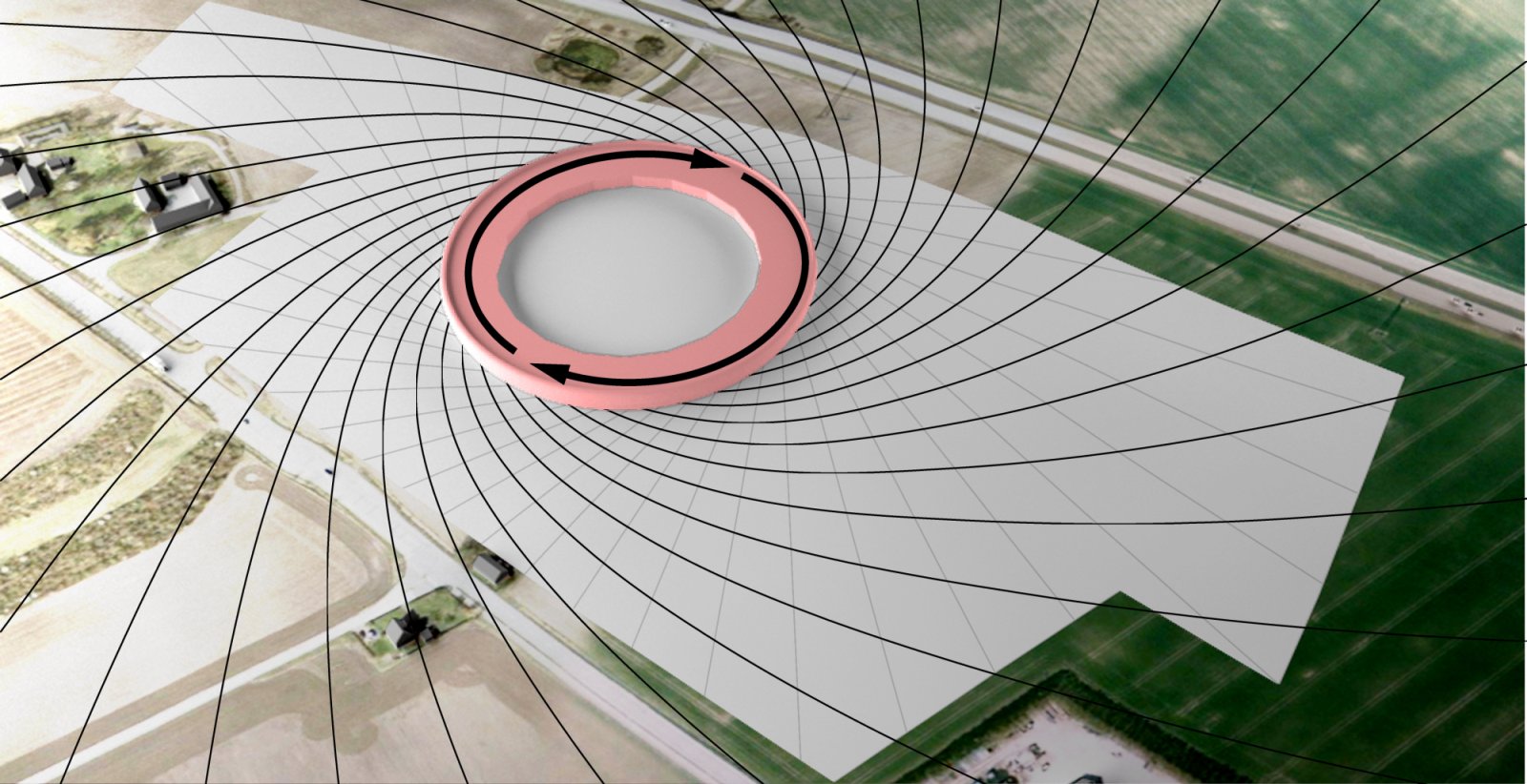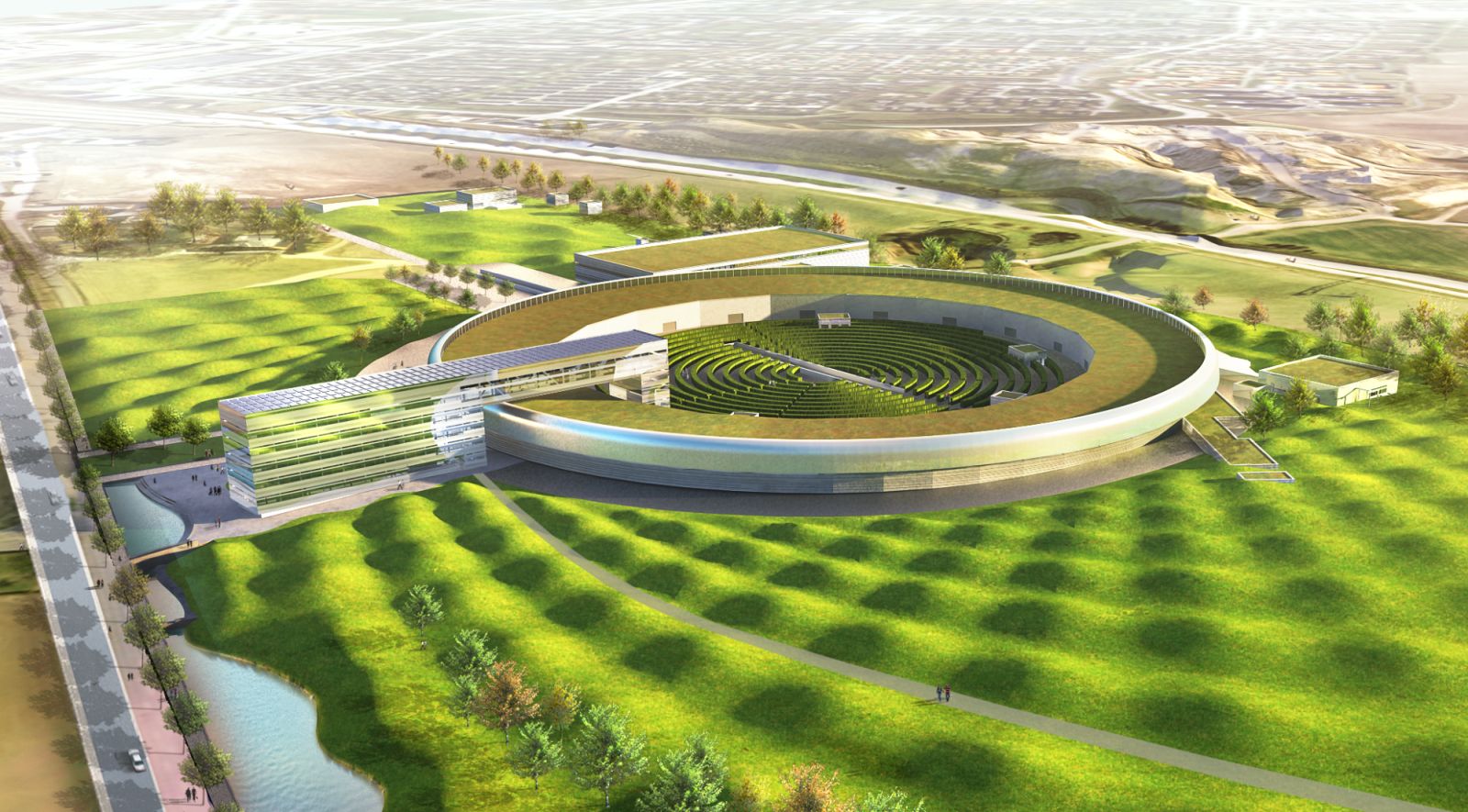
The MAX IV Laboratory, a high-performance synchrotron radiation laboratory, is under construction on 19 hectares (47 acres) of traditional, productive land outside the city of Lund in southern Sweden. This advanced research laboratory will be the first built structure of the future ‘Science City’ in the Brunnshög area northeast of Lund.

Snøhetta was commissioned in 2011 to design the landscape architecture for the facility and have created unique parameters for the landscape design. MAX IV is a national laboratory operated jointly by the Swedish Research Council and Lund University. The main components of the new synchrotron facility will be two electron storage rings.
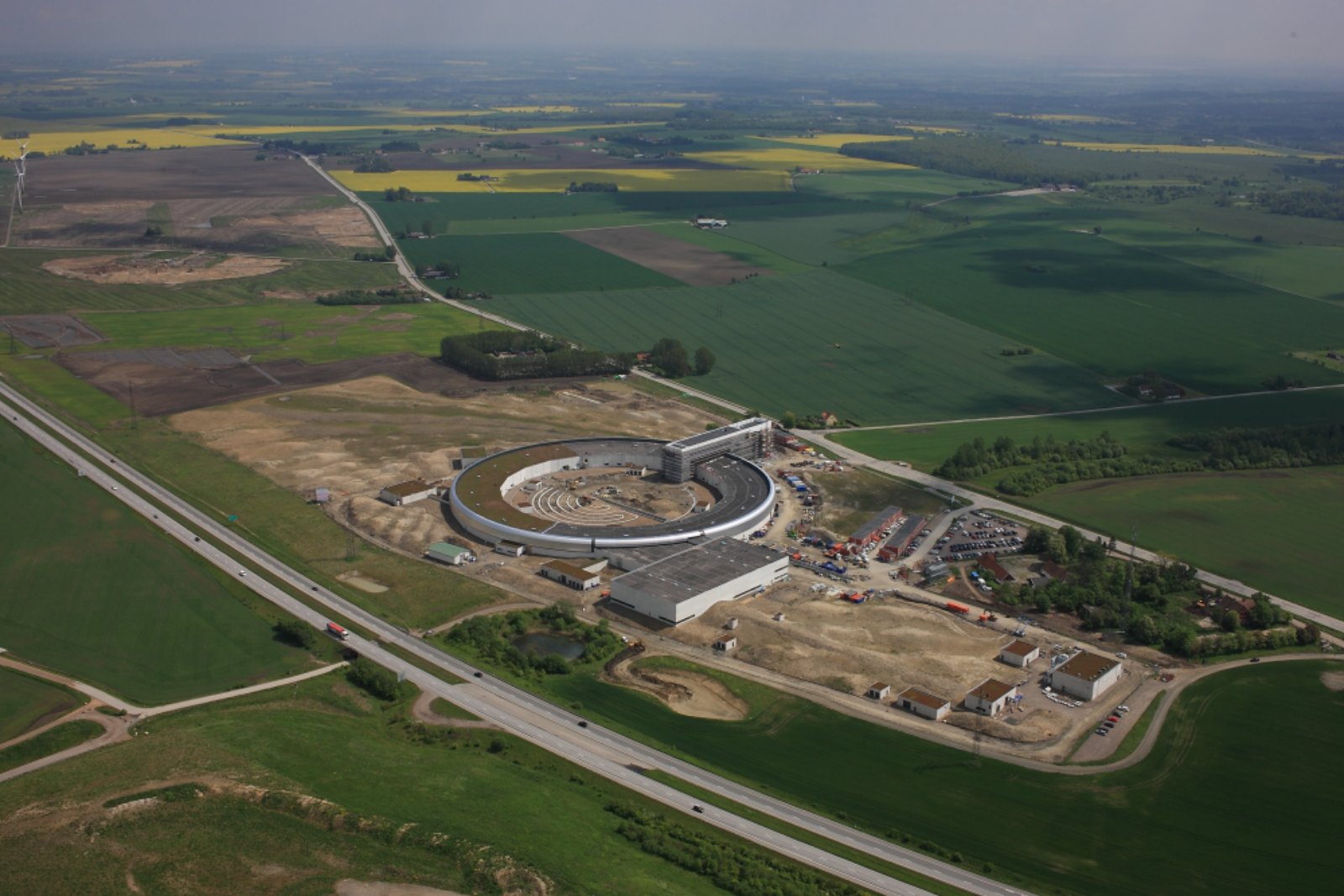
The largest ring has a circumference of 528m and a free electron laser fed by a 250m long linear accelerator. The MAX IV Laboratory landscape is currently under construction and will open summer 2016. The MAX IV Laboratory Landscape Design by Snøhetta to Open Summer 2016 April 18, 2016 The landscape design is based on 4 important criteria:

1. Ground vibrations – The tolerance for vibrations in the ground is critical for the use of a synchrotron. The Dynamics group (researchers and engineers) discovered through testing that the surrounding high way (E22) was causing ground vibrations that could influence the experiments in the laboratories. The flatter surface, the more vibrations in the ground was turned into a strategy to create slopes and more chaos in the surface to reduce the amount of vibrations in the ground.

2. Mass balance – How could we optimize the reuse of the excavated masses on site and create new use and form? A cut and fill strategy was needed to keep the existing masses on site as it secures the option of reversing to agricultural use when the synchrotron no longer will be on the site. By uploading the digital 3D-model directly into the GPS-controlled bulldozers, we were able to relocate the masses to their final position in one operation. By September 2011, approximately 60% of the mounds were created. No masses were transported off site. The last section of the wave pattern will be finished in 2016.

3. Storm water management – The city planning department of Lund restricts the quantity of water permitted to run into the city’s pipe lines and water management inside the site boundaries and the earth works needed to be collect and stored on site. Both dry and wet ponds are designed for the 1-year and 100-year storm water.
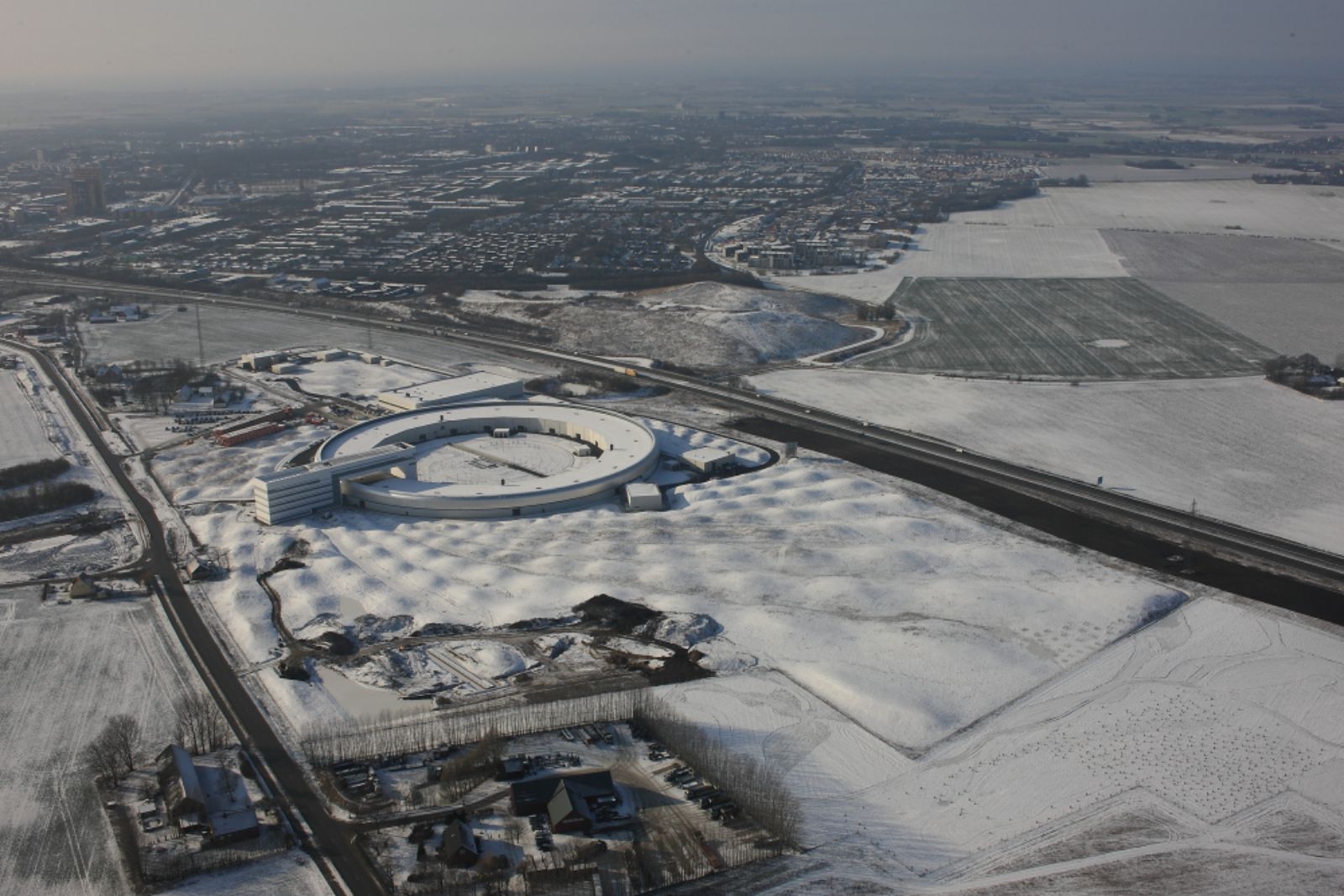
4. Plant selection and maintenance – The facility has a 25-year maintenance contract with the client. The discovery of the nearby natural reserve area at Kungsmarken made it possible to use a selection of natural species by harvesting hay and spreading it on the new, hilly landscape which give the plants up to 5 growing seasons until completion of the project in the summer of 2016. The maintenance strategy includes a combination of grazing sheep and conventional machines suitable for meadowland.
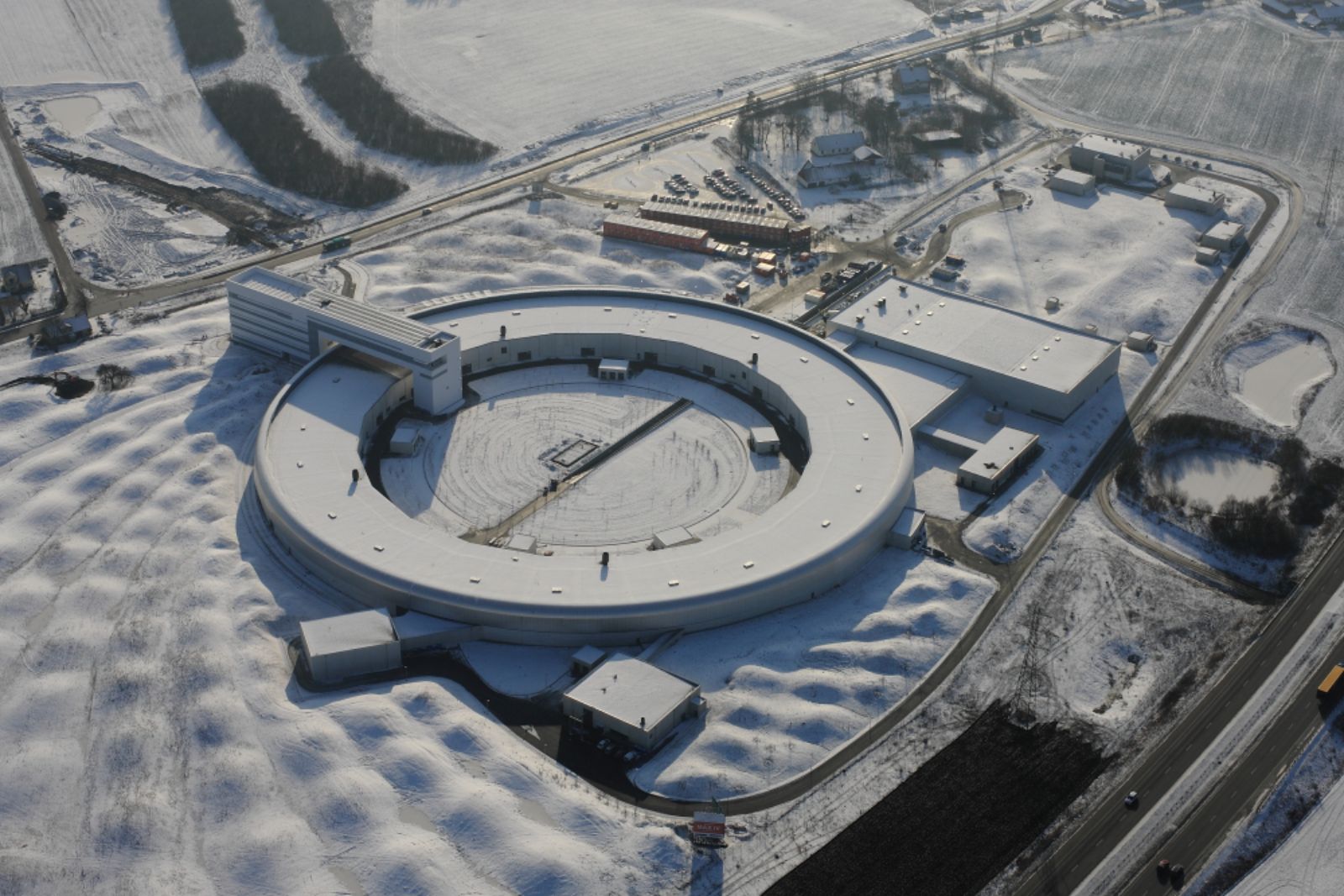
MAX IV has been a collaborative process together with the client, consultants and construction developer, and will remain as a “work in progress” throughout the construction period until the opening of the facility in 2016. The contractor, PEAB/ Whilborgs, will stay involved with a 25-year maintenance contract.

The MAX IV site is a green site and the first part of a larger transformation of the area northeast of Lund that will turn agricultural land into a “Science City,” featuring a new housing development as well. The creation of a new, green public park instead of a fenced, introverted research center makes a difference in the public realm.

The image of meadow vegetation on sloping hills as a recreational area is setting a new standard for research facilities. The step from advanced geometry to fabrication is still one of the largest challenges we face in architecture today. In MAX IV, the process was like having a giant 3D printer producing the project on a 1:1 scale.

The high-tech research facility together with the low-tech meadowland creates the iconic image of the waves that protects the research facility from the vibrations. The digital model gets a final analog interpretation through the hand of the machine operator and native meadow grasses to tell a fun and functional story of this research laboratory for the local community. Source and images Courtesy of Snøhetta.
Architects: Fojab Arkitekter
Landscape: Snøhetta



